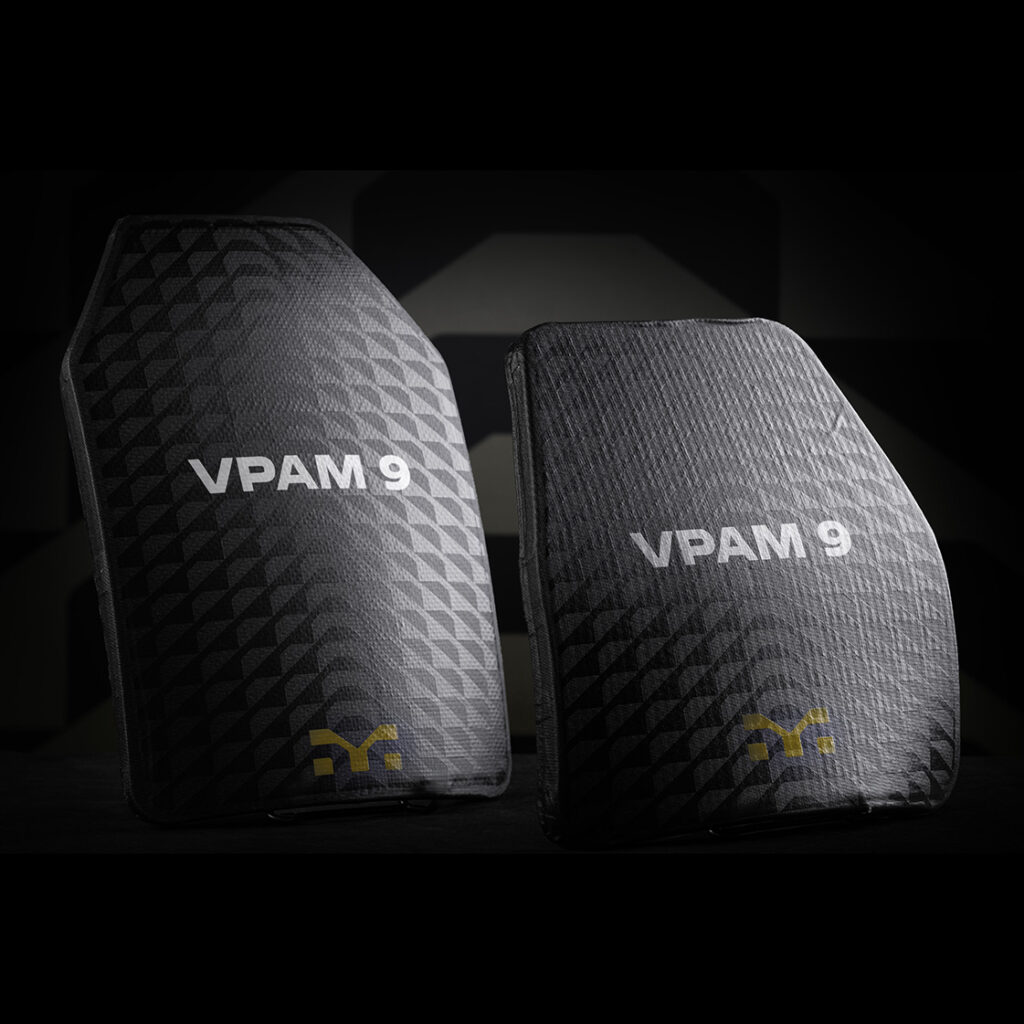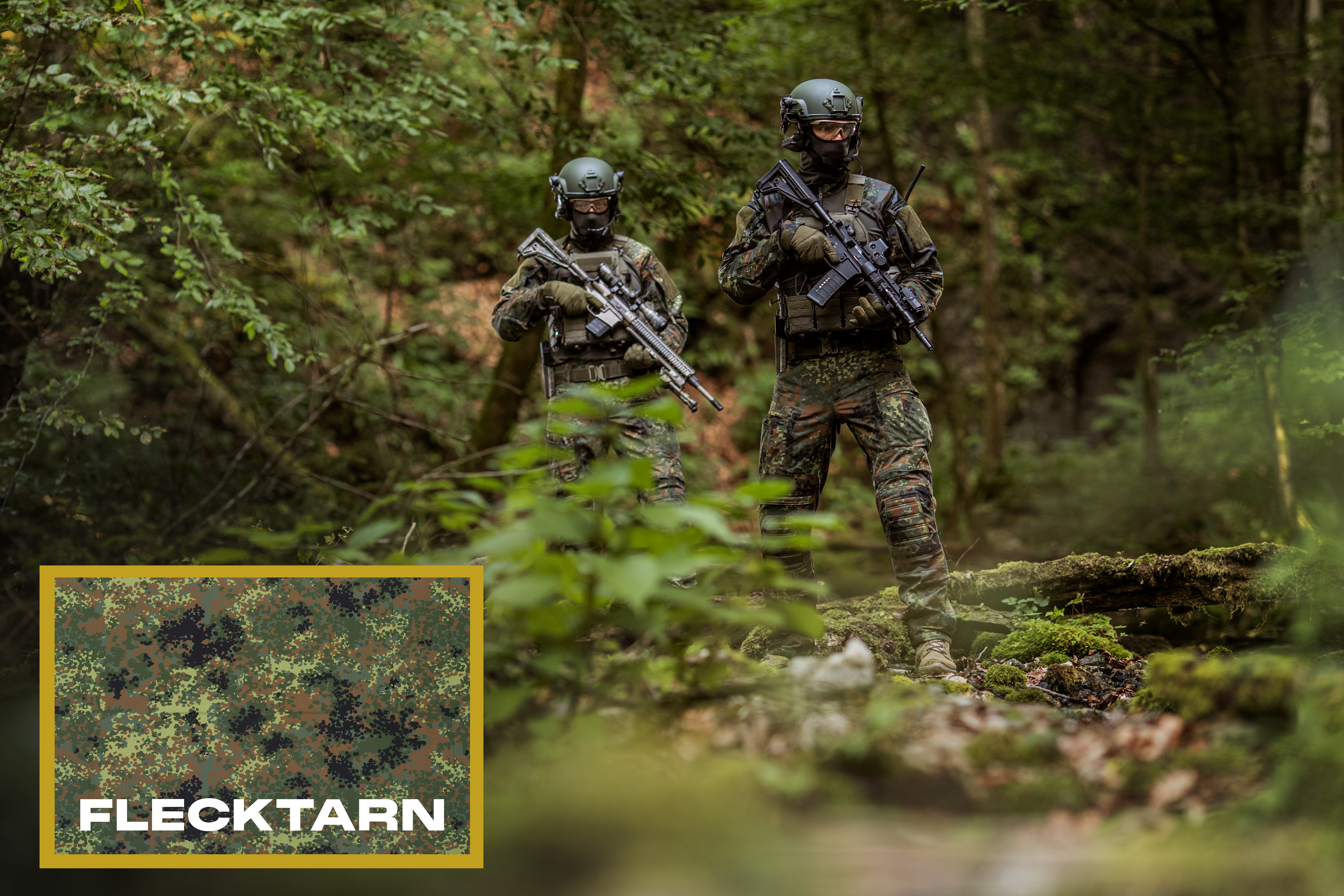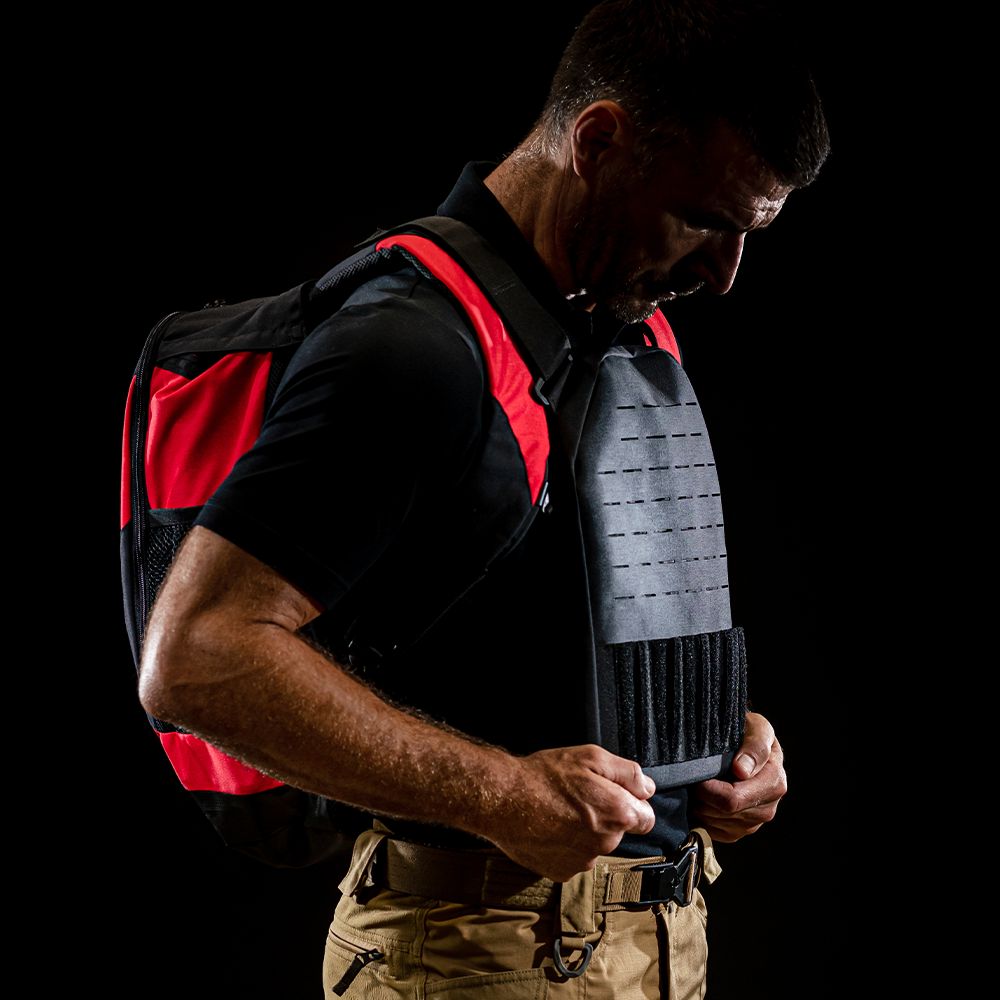
Camouflage in transition: Why the German Armed Forces relies on Multitarn
Starting in 2026, the Bundeswehr will undergo a profound change in the personal equipment of its soldiers: it is planning to replace its existing Flecktarn camouflage pattern with Multitarn. The comprehensive overhaul of the German military’s uniforms is scheduled to take place in 2028 and 2029.
What appears at first glance to be a purely visual change is in fact the outcome of years of tactical, scientific and practical considerations and mostly a significant step towards the Bundeswehr becoming a more agile, future-ready military force.
Bundeswehr’s Flecktarn camouflage pattern
The traditional camouflage pattern of Germany’s armed forces, the Bundeswehr, consists of five shades: light green, light olive, dark green, brown and black. The dot-shaped pattern of the colours ensures effective camouflage in the temperate forest environments of Europe.

For operations in arid regions, the pattern has been adapted into a tropical camouflage known as Tropentarn.
Multitarn pattern as used by the KSK (Special Operations Forces)
Multitarn comprises six shades that can be matched to different environments: dark and light green for vegetation, brown for earthy surfaces, and beige and light grey for urban and rocky environments. The colours blend smoothly and organically, effectively blurring the contours of the wearer. Multitarn is also optimised for use with night vision technology and has a reduced infrared signature.

A comparison of international camouflage patterns
Almost every country develops its own camouflage patterns that are adapted to their geographical, climatic and tactical requirements. There are two main approaches:
- Specialised patterns for specific environments (e.g. forest, desert, snow)
- Universal patterns that can be used in as many scenarios as possible
Examples of international camouflage patterns:
- MultiCam (USA, NATO): Universally applicable, developed by the firm Crye Precision
- MTP (United Kingdom): Combination of DPM and MultiCam
- MARPAT (USMC): Digital pattern with a pixel-like structure
- EMR/Digital Flora (Russia): Optimised for forest and steppe landscapes
- TAZ 90 (Switzerland): Versatile, also for international use
- Wz. 93 Pantera (Poland): Disruptive pattern for mixed terrain
- CCE (France): For vegetation in Central Europe
- M05 (Finland): Summer and winter variants for forest and swamp landscapes
Digital vs. organic patterns
Digital patterns such as MARPAT or EMR offer advantages at medium distances and with night vision. Organic patterns such as Flecktarn and Multitarn rely on natural shapes and colour gradients, making them particularly effective in overgrown environments and those with rich vegetation.
Replacing Flecktarn with Multitarn
Studies show that the six-colour Multitarn pattern is more effective at camouflaging troops than the classic five-colour spotted Flecktarn in urban areas – the primary arena for modern combat today. The appearance is much brighter, as darker colours such as black are no longer used and others are reduced. The changing vegetation in Europe also played a role in the selection of the new camouflage pattern.
Multitarn was compared to other NATO and commercial patterns as part of independent testing. The results revealed that Multitarn is particularly effective when used in urban environments and those with a standard amount of vegetation. While there are indeed specialised patterns that perform better in certain scenarios, Multitarn offers an ideal compromise between camouflage and versatility.
Tactical and strategic considerations
- Security: Restricting the use of Multitarn to special forces such as the German Army’s KSK previously meant they were more easily identifiable – a tactical disadvantage.
- Consistency: Standardisation simplifies logistics and material distribution.
- Rights & control: The proprietary development of Multitarn is owned by the federal government, thus protecting it from being unlawfully copied.
- Versatility: Multitarn is effective in forest, urban and transitional areas and even in certain desert region landscapes.
Summary
The introduction of Multitarn is part of a global trend in which highly specialised patterns are being replaced by flexible, multipurpose designs. However, each country is still shaped by its geography, operational principles and technological capabilities.
By adopting Multitarn, the Bundeswehr is signalling its commitment to modern combat management, tactical flexibility and strategic consistency. Camouflage has long been about more than just appearance. It is an integral part of military effectiveness.
Sources
- ePIG-Group: The ultimate camouflage pattern comparison – NATO, KSK, Bundeswehr, United States Army and USMC vs. commercial patterns
- Military Machine: Top 20 military camouflage patterns around the world
- Optics Bible: Flecktarn vs. MultiCam – differences and areas of application
Images and graphics
- Mehler Protection, Mehler Vario System GmbH (All rights reserved, 2025)
- UF PRO, UNI&FORMA d.o.o., Flecktarn
- Thomas Niedermueller, Multitarn

